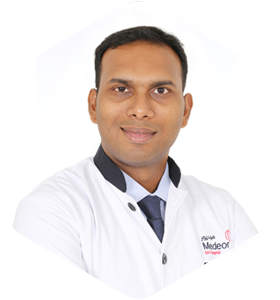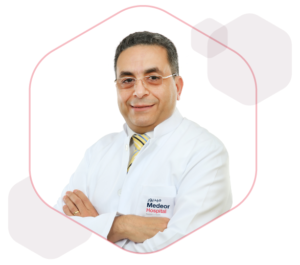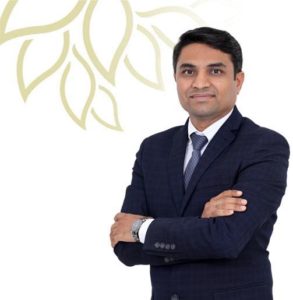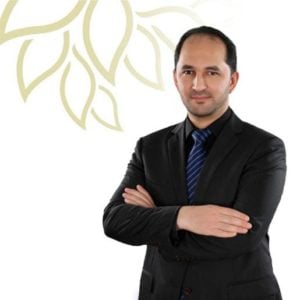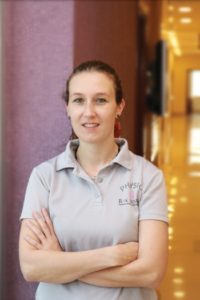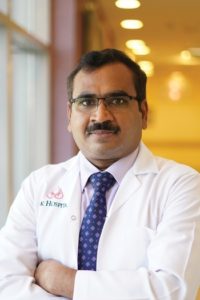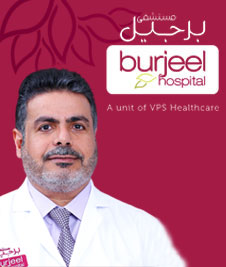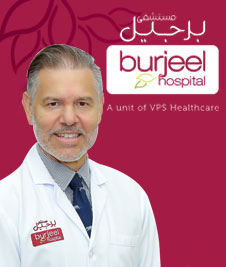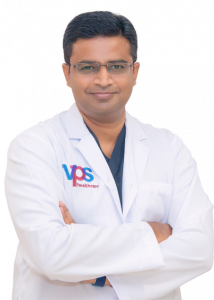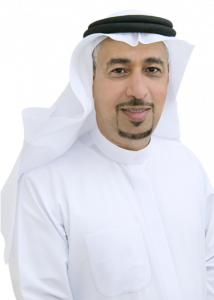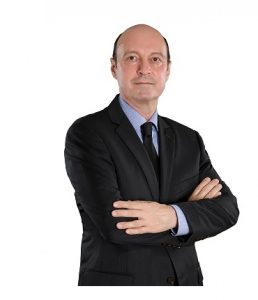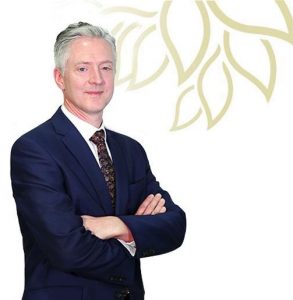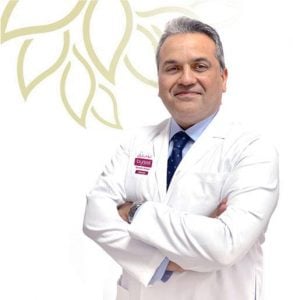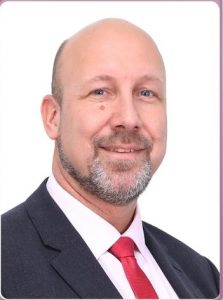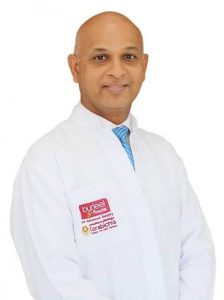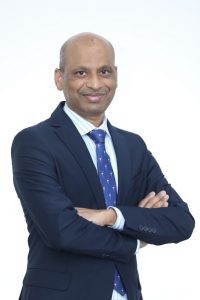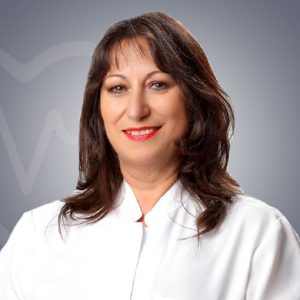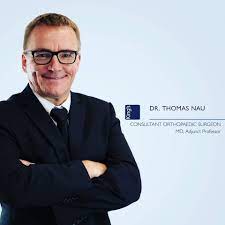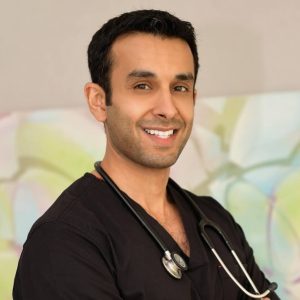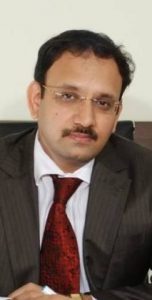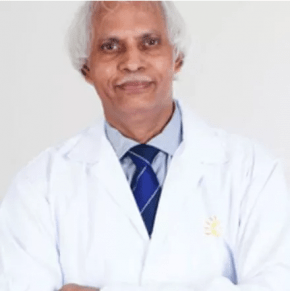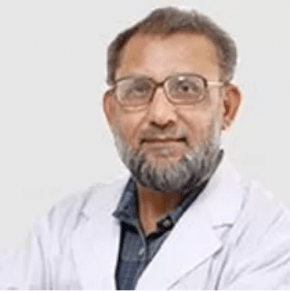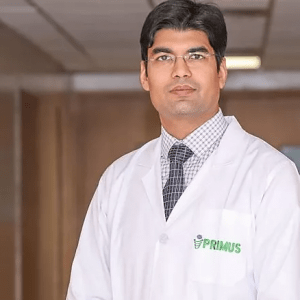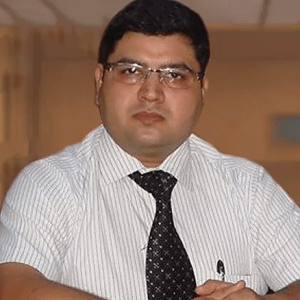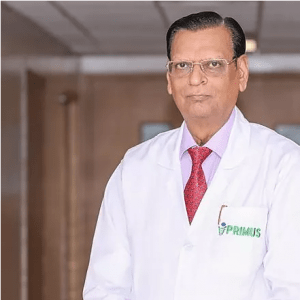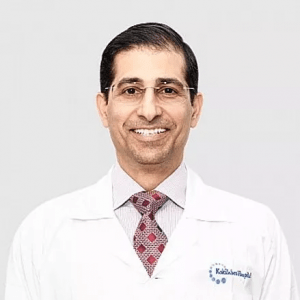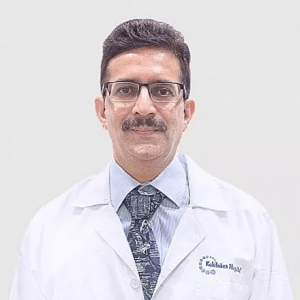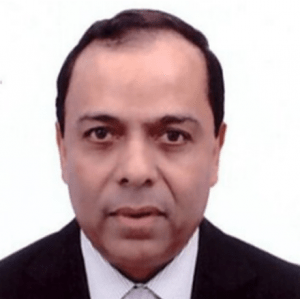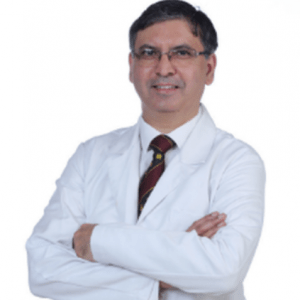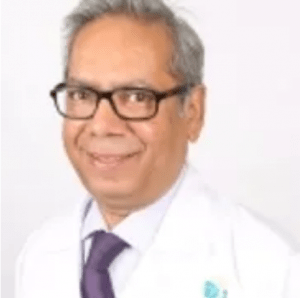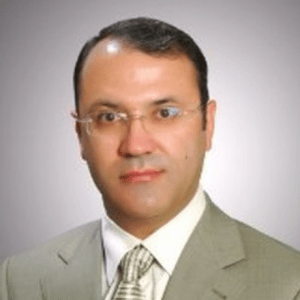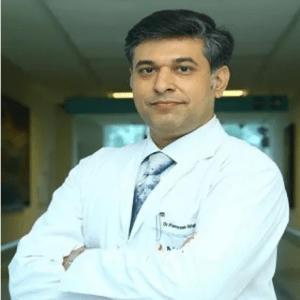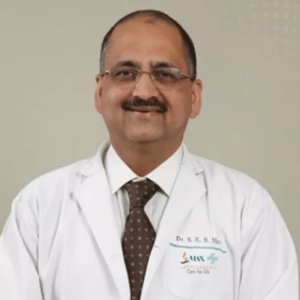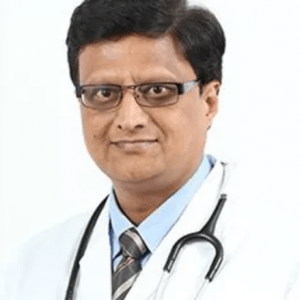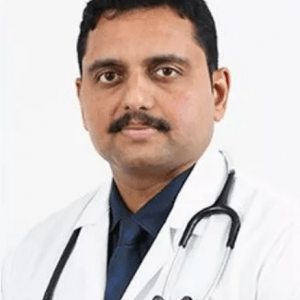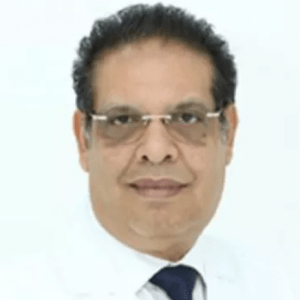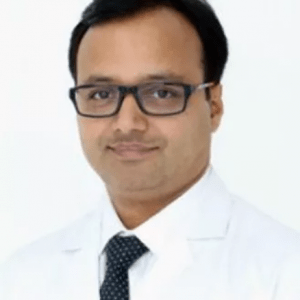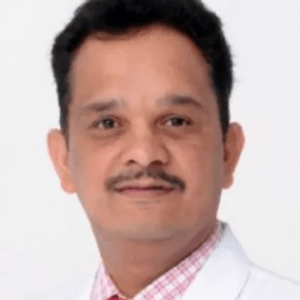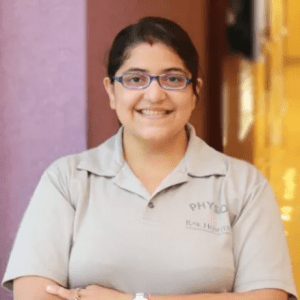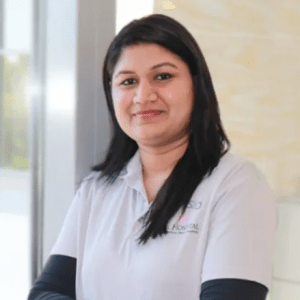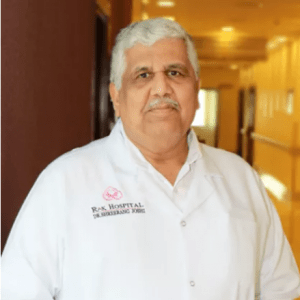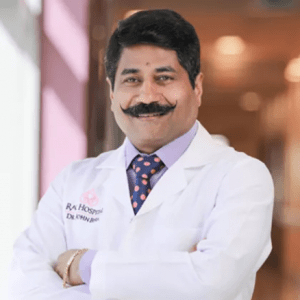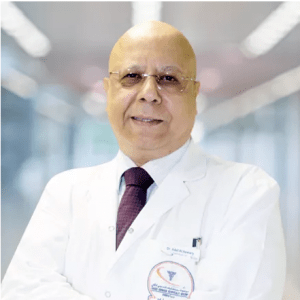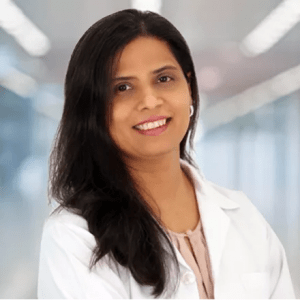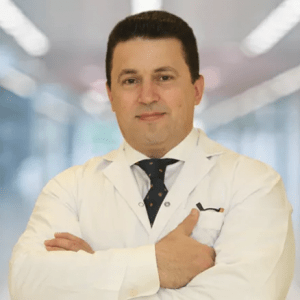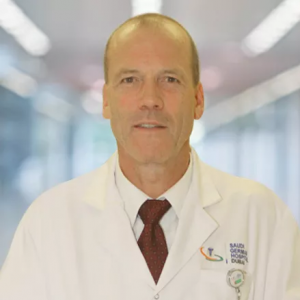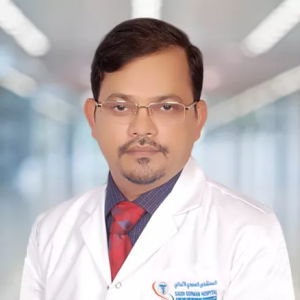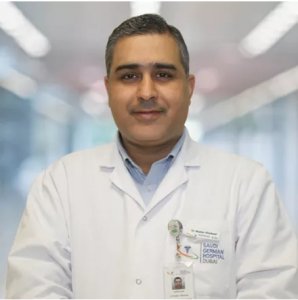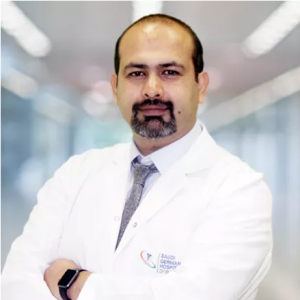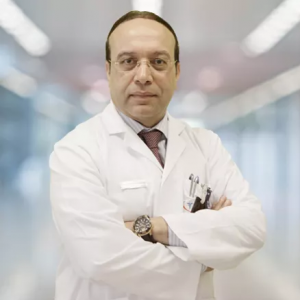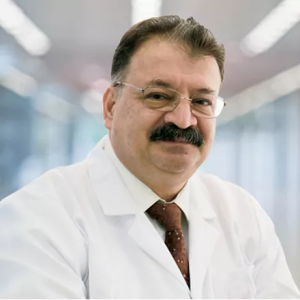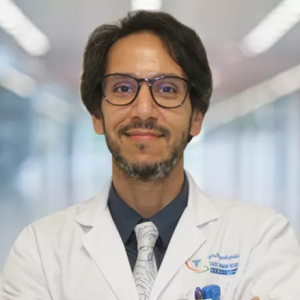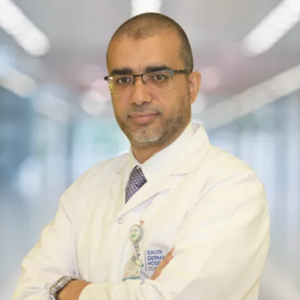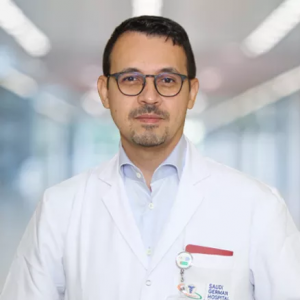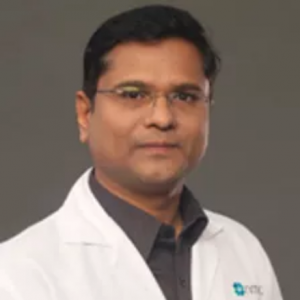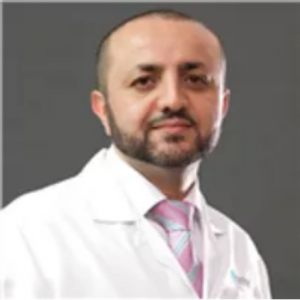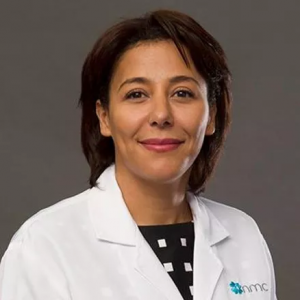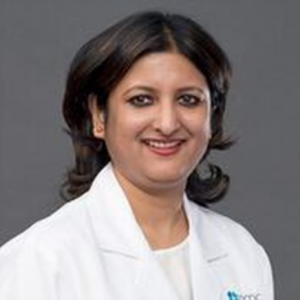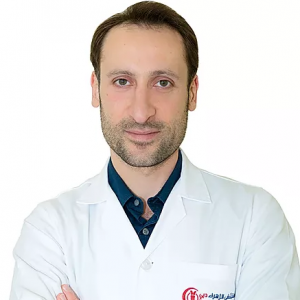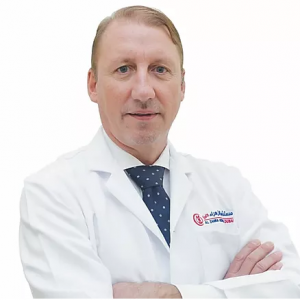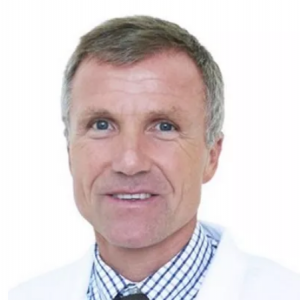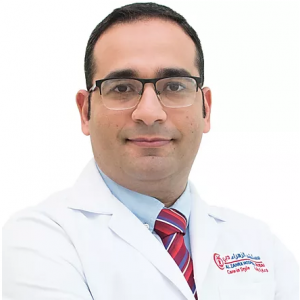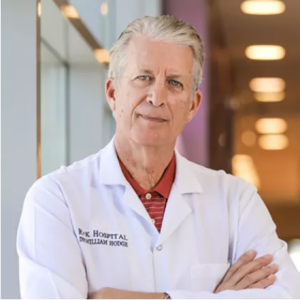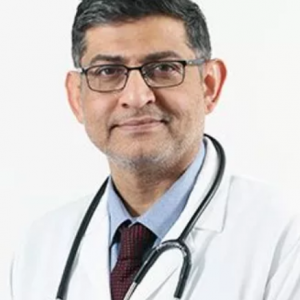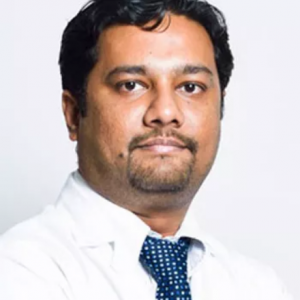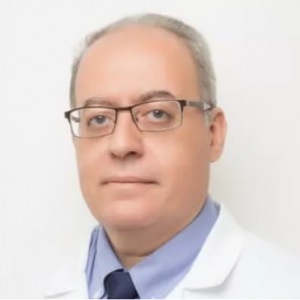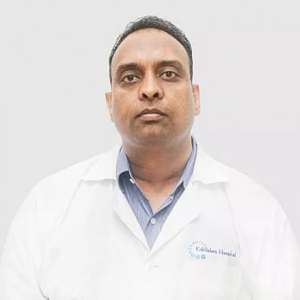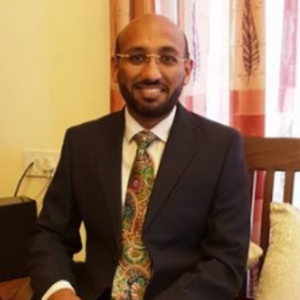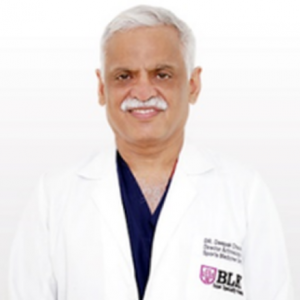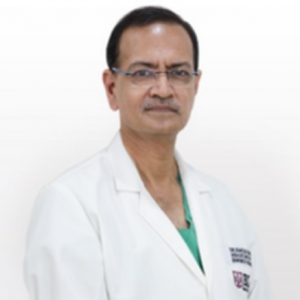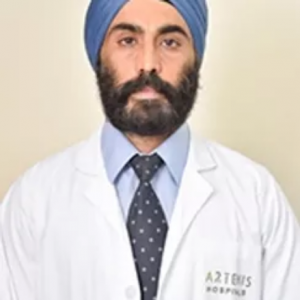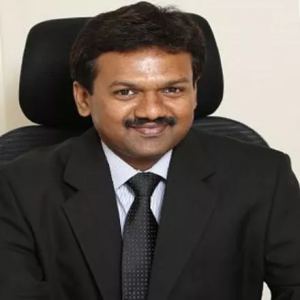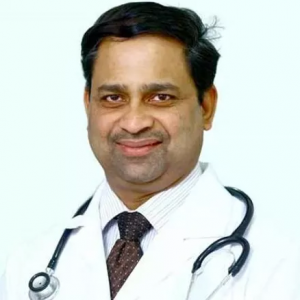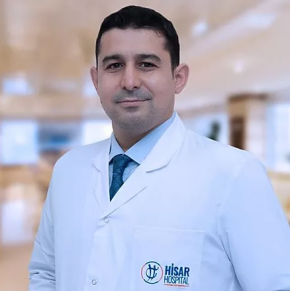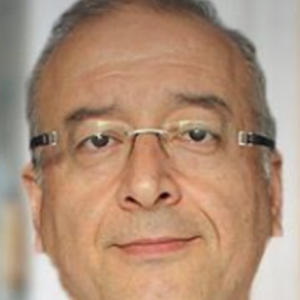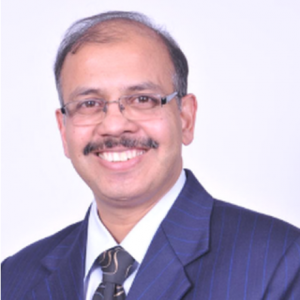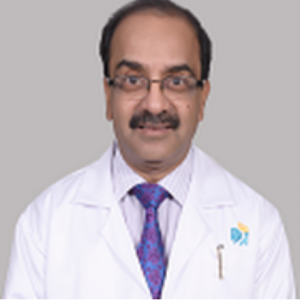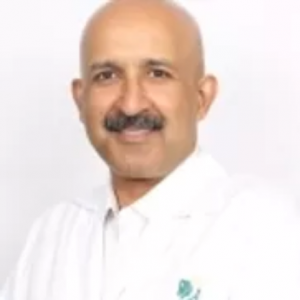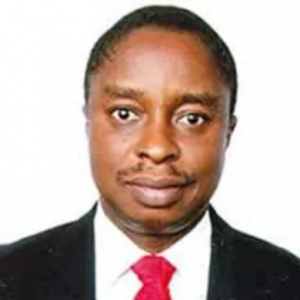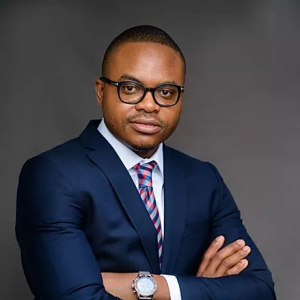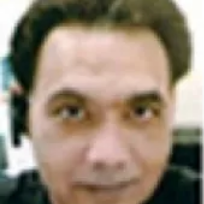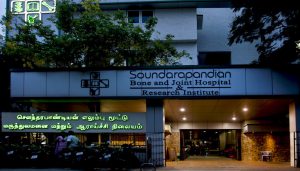Acromioplasty Surgery
What is Acromioplasty? Acromioplasty surgery is a surgical technique carried out for the treatment of shoulder impingement and rotator cuff disease. Acromioplasty procedure involves shaving off part of the shoulder bone known as the acromion and removing a small piece of bone and soft tissue from there to enable the muscle to relax. Surgeons carry […] Read More
Top Doctors For Acromioplasty Surgery Treatments
Top Hospitals For Acromioplasty Surgery Treatments
Acromioplasty Surgery
What is Acromioplasty?
Acromioplasty surgery is a surgical technique carried out for the treatment of shoulder impingement and rotator cuff disease.
Acromioplasty procedure involves shaving off part of the shoulder bone known as the acromion and removing a small piece of bone and soft tissue from there to enable the muscle to relax.
Surgeons carry out an acromioplasty procedure to bring relief to the impingement of the rotator cuff tendon, which supports and strengthens the shoulder joint.
Acromioplasty surgery is also known as a subacromial decompression.
What is shoulder impingement syndrome?
Shoulder impingement syndrome is a medical condition characterised by the rubbing of the bone at the top of your shoulder against the thick tissues inside your shoulder joint. This brings pain to the shoulder and limits how much it can be moved. It also makes it difficult to raise the arms above the head and reaching around the back or making other similar movements without feeling pain.
Why undergo acromioplasty surgery?
An acromioplasty surgery may be required as a treatment option for shoulder pain, reduced strength in the shoulder or arm, and difficulty reaching the arm behind the body (such as, to do up a zipper). Conditions that may require an acromioplasty surgery
The main conditions that may necessitate an acromioplasty procedure are
- Shoulder impingement syndrome and
- Rotator cuff tears – The tendons in the rotator cuff can get torn due to injury, or become damaged over time.
Other conditions that may be treated with the acromioplasty procedure are
- Bursitis.
- Arthritis.
- Bone spurs.
Acromioplasty Procedure
- An acromioplasty surgery is performed by an orthopaedic surgeon.
- The acromioplasty procedure is performed under a general anaesthetic.
- After the anaesthetic has been given, some of the bone under the acromion are removed to create more space.
- Keyhole surgery (arthroscopy) is then performed. This is done by inserting a small, tube-like camera known as arthroscope through a small incision in the skin.
- The arthroscope allows the surgeon to see the inside of the shoulder and then carries out the acromioplasty procedure with special surgical instruments.
- The rotator cuff tendons also get examined for tears or injuries. If they are torn, repair will be done. This rules out the need for a second surgery.
- This may require making a larger incision. However, the entire acromioplasty procedure most often takes place arthroscopically through the small keyhole incisions made.
Recovery from an acromioplasty surgery
- After the surgery, a sling will be needed to support the arm. The duration for which the sling will be used varies hugely. The surgeon will, however, give necessary recommendation and instructions.
- Physical therapy will also be engaged in. This helps the shoulder heal appropriately
- For post acromioplasty surgery pain, anti-inflammatory medication, such as ibuprofen, may be administered. Sometimes the use of an ice pack may be recommended.
- Typically, it takes 2–4 months to attain complete relief of pain after an acromioplasty procedure. But if a rotator cuff repair was also carried out, it can take up to 6 to 9 months for full recovery.
- Professional advice will be offered as regards when it is safe to return to work.
Risk and complications associated with an acromioplasty procedure
A couple of complications are associated with an acromioplasty procedure. These include but not limited to
- The joint can develop stiffness if post-operative rehabilitation is not performed properly.
- Post-operative inflammatory reactions, which can lead to substantial pain and slow down the rehabilitation.
- There’s the likelihood of an infection. However, this is rare. If this happens a lavage of the surgical site, a course of antibiotics and possibly surgical revision may be required.
- A haematoma may develop around the area operated upon, as a result of bleeding.
- Possible accidental damage to the nerves around the shoulder. This, very rare, the complication may lead to pain and loss of feeling in certain parts of the arm.
What is the expected outcome of the operation?
The end result depends, above all else, on the length of the pain and the state of the tendons. Long-lasting pain with damaged tendons produces very poor results.
Overall, the results of acromioplasty surgery are very encouraging, as patient’s satisfaction is observed in over 85% of cases.
Post-operative rehabilitation and return to activities
A day after an acromioplasty procedure, a physiotherapist will help move the shoulder and prepare it, and within a few days the brace will no longer be needed. This rehabilitation is mainly centred on recovering shoulder flexibility and coordination. Return to work usually happens during the 2nd month of recovery.
For sports activities that do not strain the shoulder, the return can be possible during the 2nd month of recovery. However, it takes 4 months post-operation before a full return to sporting activities, particularly activities that put strains on the shoulder.

